Dingoes, often regarded as Australia’s top predator, are fascinating animals that blend characteristics of wild wolves and domestic dogs. These iconic creatures play a vital role in the Australian ecosystem and hold significant cultural importance. Though often misunderstood, dingoes are remarkable for their adaptability, social structures, and hunting strategies.
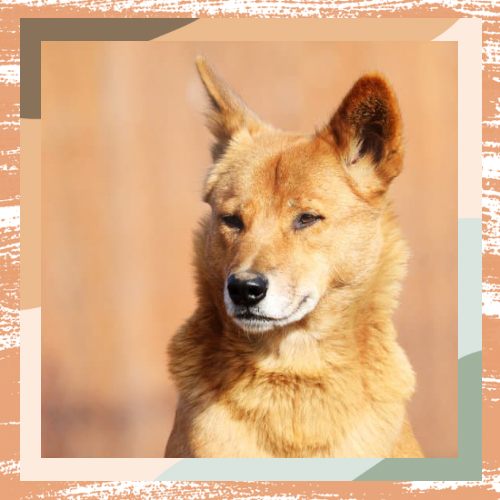
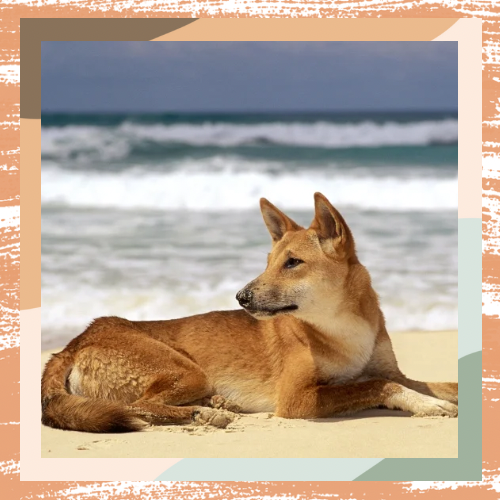
Origins and Classification
Dingoes are thought to have arrived in Australia around 4,000 years ago, likely brought by seafaring humans from Asia. While their exact classification is debated, many consider them a subspecies of the gray wolf (Canis lupus dingo), though some argue they represent an ancient breed of domestic dog.
Unlike modern domestic dogs, dingoes are semi-wild and have maintained many traits that allow them to survive in diverse environments. They are found across mainland Australia, inhabiting deserts, forests, grasslands, and even urban fringes.
Physical Features
Dingoes are medium-sized canines, typically weighing between 25 to 45 pounds, with a body length of about 3.5 to 4 feet. Their coats are short and can vary in color, though sandy or reddish hues are most common. Some have white markings on their chest, feet, and tail tip.
Their long legs and flexible joints make them excellent runners and climbers. Unlike most domestic dogs, dingoes have larger canine teeth and a broader skull, which enhances their hunting abilities.
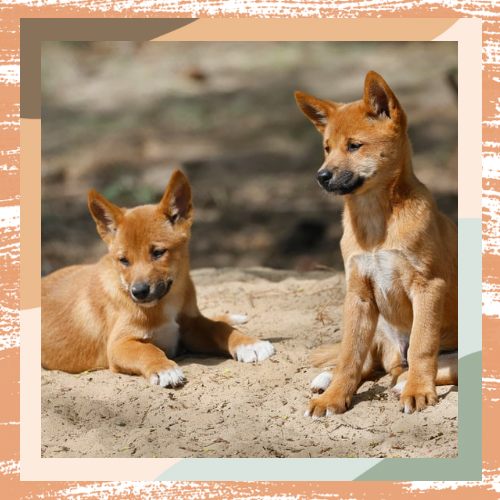
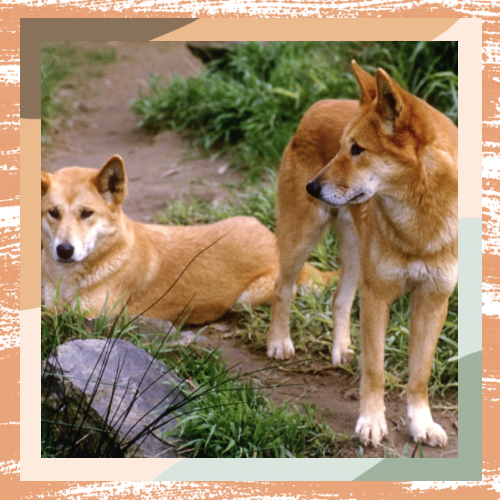
Social Behavior
Dingoes are highly social animals, often forming small packs of up to 10 members. Packs typically consist of a dominant pair and their offspring, although lone dingoes are also common. Within packs, roles are defined, with cooperation being key to their success in hunting and raising young.
Communication among dingoes includes howls, barks, and whines. Their howls are used to locate other pack members, warn rivals, or announce territory. Unlike wolves, dingoes bark less frequently, favoring vocalizations better suited to their environment.
Hunting and Diet
Dingoes are opportunistic hunters, meaning they will eat what is available. Their diet includes kangaroos, wallabies, small mammals, birds, reptiles, and insects. In some areas, they scavenge on carrion or raid livestock, which has led to conflicts with humans.
Their hunting methods vary depending on the prey. Packs may work together to take down larger animals, while solitary dingoes focus on smaller, easier targets. Their sharp senses and patience make them effective hunters.
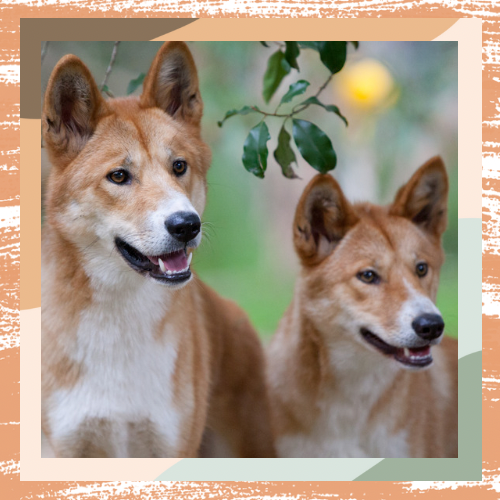
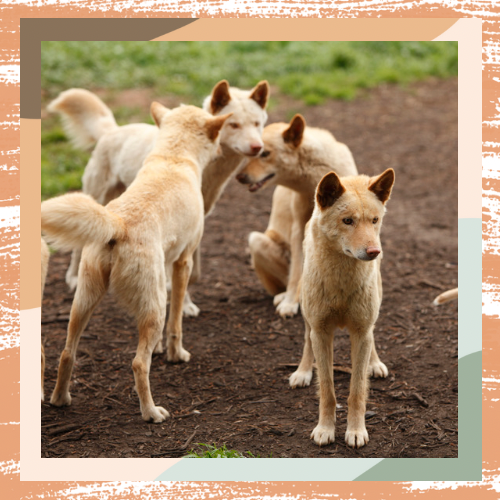
Interesting Facts About Dingoes
1. Flexible Joints: Dingoes can rotate their wrists, which allows them to climb trees and manipulate objects—a rare trait among canines.
2. Unique Howls: Each dingo has a distinctive howl, much like a fingerprint, which can be used to identify individuals.
3. Tail Communication: Dingoes use their tails for balance, but tail movements also play a role in signaling emotions or intentions within the pack.
4. Pest Control: While they are often seen as pests themselves, dingoes help control populations of invasive species like rabbits, which harm native ecosystems.
5. Hydration Skills: Dingoes can survive on limited water by deriving moisture from their food, making them well-suited to arid environments.
Relationship with Humans
Dingoes have a complex relationship with humans. Indigenous Australians have long coexisted with dingoes, incorporating them into cultural stories and practices. Dingoes were often companions, providing protection and aiding in hunting.
European settlers, on the other hand, viewed dingoes as threats to livestock, leading to efforts to control their population. The most famous example of this is the Dingo Fence, a 3,488-mile barrier designed to keep dingoes out of southeastern Australia’s sheep-grazing areas.
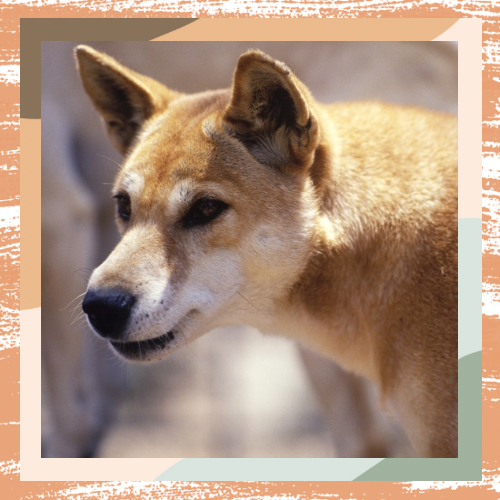
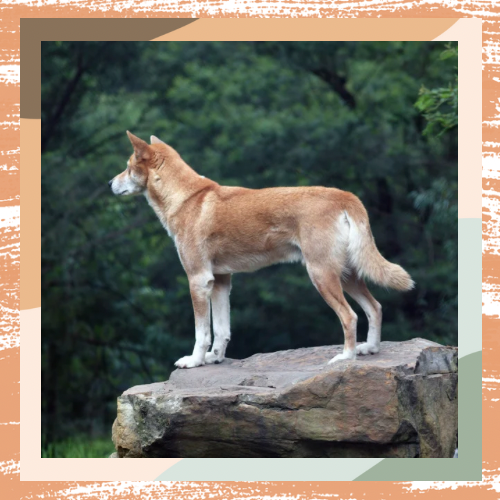
Challenges and Conservation
Today, dingoes face various threats, including habitat loss, hunting, and hybridization with domestic dogs. The mixing of genes with feral dogs dilutes the genetic purity of dingoes, raising concerns about their survival as a distinct population.
Some argue for their protection as a keystone species, given their role in maintaining ecological balance. By controlling populations of prey and invasive species, dingoes contribute to healthier ecosystems.
References
The Dingo in Australia and Asia. University of New South Wales Press. https://www.researchgate.net/profile/Graham-Hickling-2/publication/276409232_The_dingo_in_Australia_and_Asia/links/55587b3308aeaaff3bf7bcb8/The-dingo-in-Australia-and-Asia.pdf
Top predators and trophic cascades caused by dingoes. Ecology Letters. https://euanritchie.org/wp-content/uploads/2013/05/top-predators-as-biodiversity-regulators-the-dingo-canis-lupus-dingo-as-a-case-study.pdf
How well do dingoes and domestic dogs perform on the detour task? Animal Behaviour. https://www.publish.csiro.au/ZO/ZO17040
Dietary overlap of dingoes and introduced predators. Wildlife Research. https://pmc.ncbi.nlm.nih.gov/articles/PMC9554524/
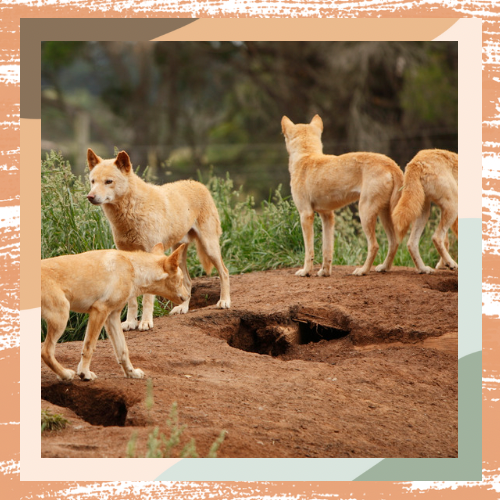


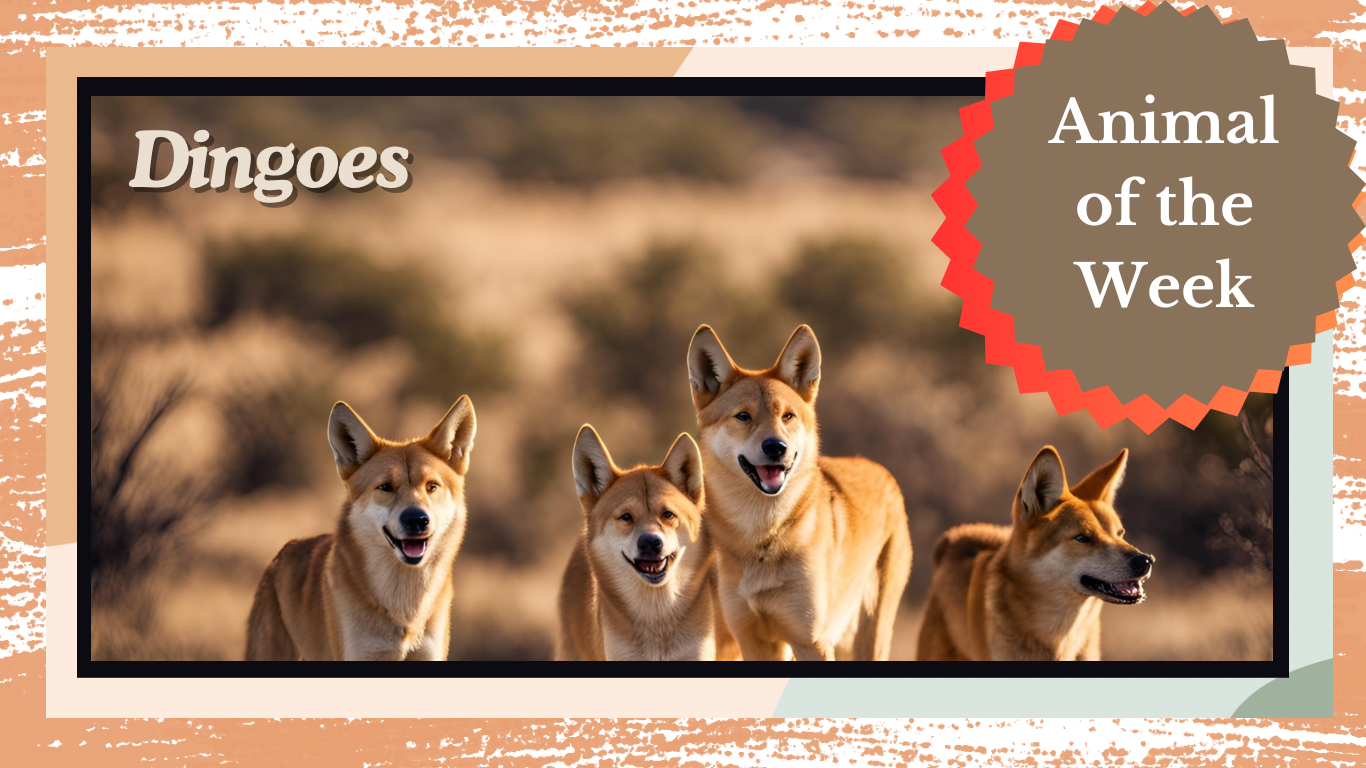


Good write-up. I certainly appreciate this website. Keep it up!
I’ve been surfing online more than 3 hours today, yet I never found any interesting article like yours. It’s pretty worth enough for me. Personally, if all webmasters and bloggers made good content as you did, the web will be much more useful than ever before.
What’s up, after reading this awesome post i am too happy to share my familiarity here with colleagues.
Good write-up. I certainly appreciate this website. Keep it up!